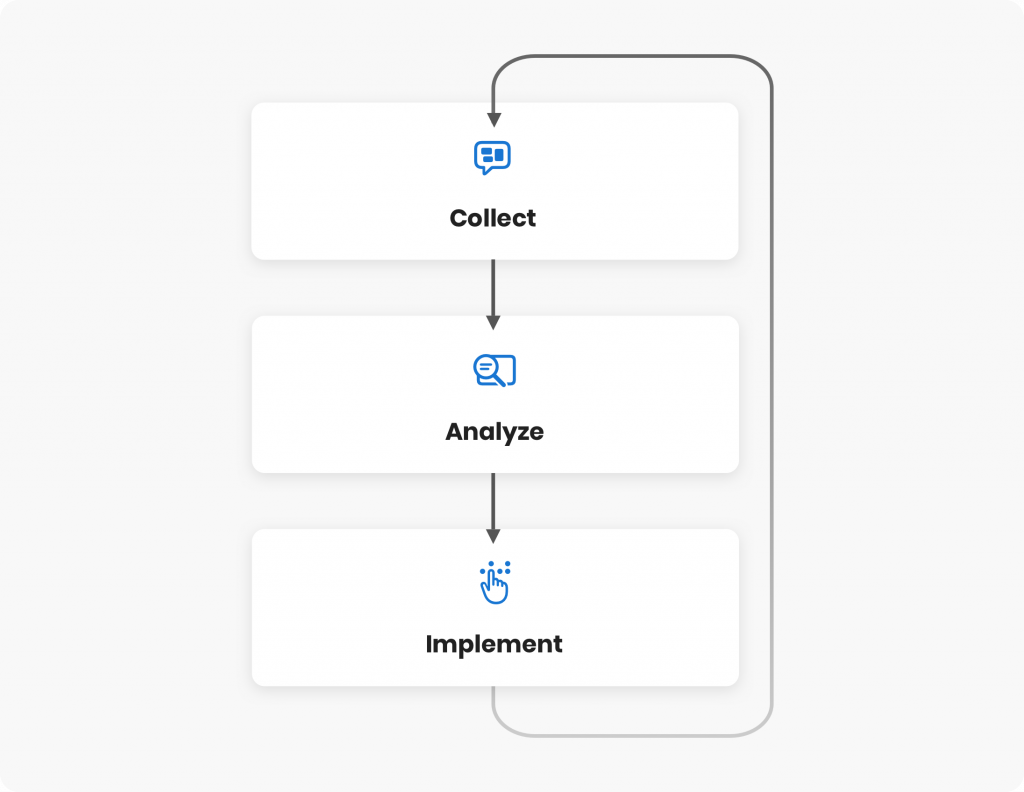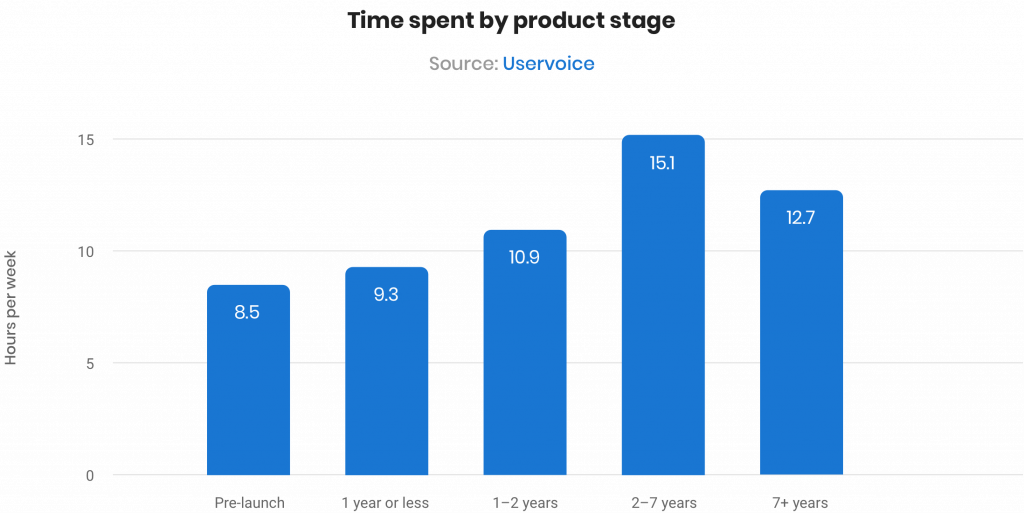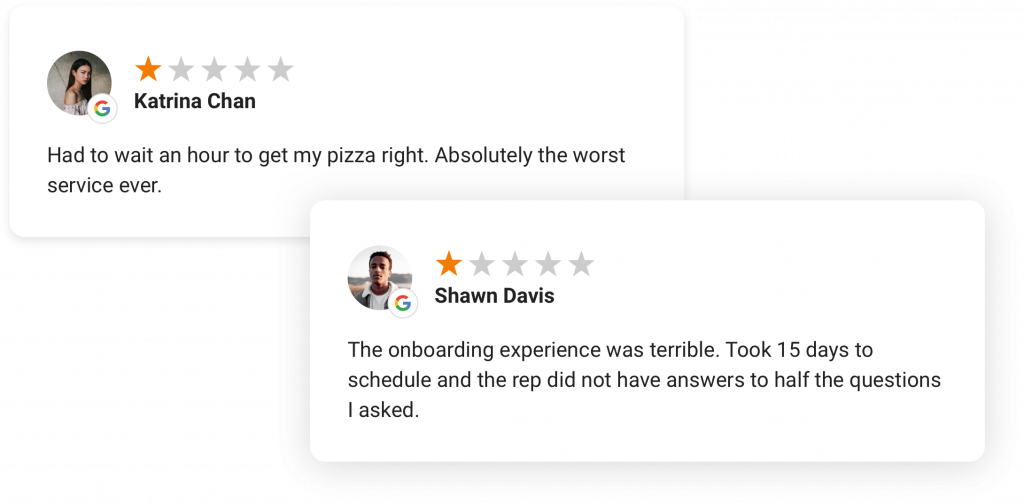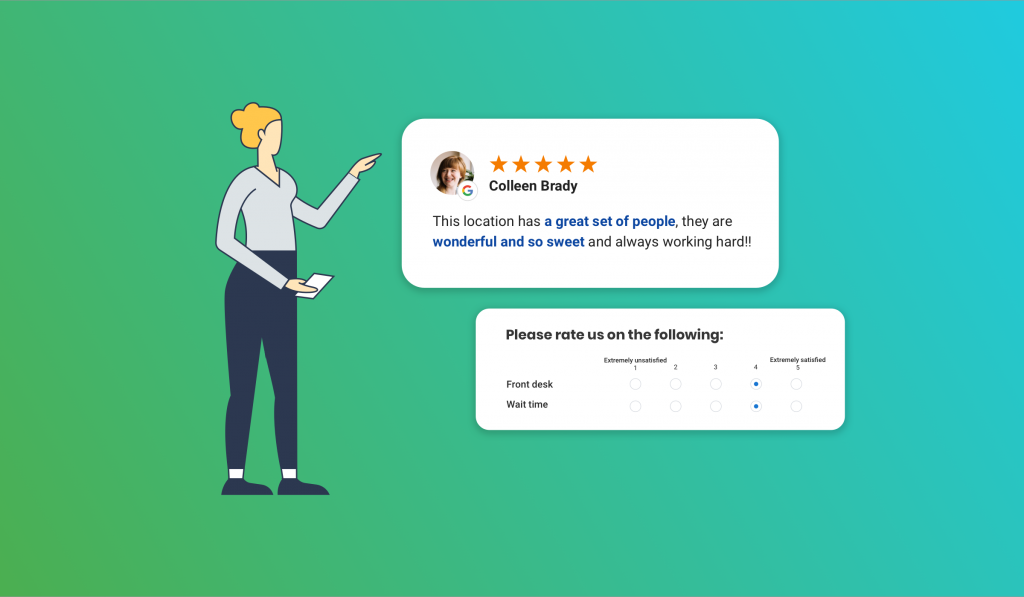Providing great customer experiences is critical in today’s world. However, it requires real effort on the part of managers and team members. Typically, it’s the result of months or even years of experimentation, testing, and listening closely to the voice of the customer.
Turning away from the voice of the customer has real consequences.
Customer expectations are changing rapidly. 66% of consumers say they’re likely to switch brands if they feel they’re being treated as a number rather than an individual with unique needs and desires. Businesses that are unable to pivot with customer tastes will find themselves losing revenue to the competition.
In this article, we’ll outline the key pillars for a successful Voice of the Customer program. We’ll also break down some of the common challenges that businesses face when implementing one.
Table of contents
Building your VoC Program – The key ingredients
A powerful VoC program needs to be comprehensive and scalable. Collecting and analyzing partial data can lead to a myopic view of customer needs, which in turn can lead to bad business decisions.
To implement a truly powerful VoC program, businesses must follow these three steps:
- Data collection – Collecting good quality data at customer touchpoints that matter can make all the difference. 30% of business decision-makers claim that poor data quality is holding them back from delivering excellent customer experience.
- Data analysis – Examine responses to uncover commonalities and customer expectations across all channels that will help you make highly-informed business development decisions
- A plan of action – Once you have a good understanding of your customer needs, it’s time to act on the insight to improve relevant areas of the business.

After implementing business decisions based on customer feedback, it’s back to the drawing board to collect customer data all over again. This will help you to gauge the impact of the changes you made based on VoC. Simply rinse and repeat.
What are the best ways to capture the voice of the customer?
To get a comprehensive understanding of your customer, it’s important to capture different types of data. Here are some feedback channels that can help your team develop a winning VoC program.
Customer interviews
It’s easy for any long-time employee to lose sight of what it’s like to be a customer. Sitting down for an in-depth interview can help you better understand your customers’ needs, wants, and pain points.
Customer Interactions
Every day, customers give your business feedback through emails, phone calls, Facebook messages, text messages, and much more. While it might be harder to turn this unstructured data into insights, these customer interactions can often highlight the issues customers are facing on a daily basis.
Online Reviews
When customers write reviews online, they may mention areas of the customer experience that they disliked. Pay close attention to categories that are brought up over and over. There are always a few customers who are constant complainers. However, a recurring pattern of bad reviews may be a sign of an operational problem.
Online Surveys
Surveys can help you collect in-depth feedback from a wide segment of your customer base. This feedback can help you gauge overall customer satisfaction and gather in-depth information about specific issues in customer experience.
Net Promoter Score
A simple way to gauge customers’ relationships with your business is through Net Promoter Score (NPS). An NPS survey asks customers how likely they would be to refer the business on a scale of 0-10. NPS is used by businesses across industries to gauge customer satisfaction and loyalty.
Website Behavior
A tool like Hotjar can help take a closer look at consumer behavior on your website and offer a better digital experience. Your team will be able to view heat maps that show where customers are clicking and recordings of visitor sessions. You may discover that customers are dropping off your site on certain pages or that they’re just confused by your website’s layout.
Livechat
Livechat is a fantastic tool to help you get connected with customers and prospects instantly. It’s also a great place to collect customer feedback. Looking at chat logs are a great way to determine common issues customers are experiencing. In addition, you can choose to administer surveys after an interaction is over to see if your representatives are resolving issues in a quick and timely manner.
Social Media
Studies show that 43% of customers use social media when researching purchases. To understand what’s influencing potential customers. take some time and view conversations that are happening around your brand and your industry. This can provide some insight into how customers are perceiving your brand.
Focus Groups
A focus group can help you understand how customers feel about your business on an emotional level. Start by putting together 5-8 participants. Come in with a few questions and allow the members of the group to speak about your brand freely.
Analyzing VoC data
Once the data has been collected, it’s time to analyze it. The worst thing companies can do is collect valuable customer feedback and not interpret it, or make decisions on partial data. Here are a couple of tips for businesses looking to perform effective analysis.
Beware the VoC gap
Often, many companies struggle to keep up with understanding customer sentiment at scale. Marketing may be very well-tuned to what’s happening on social or on reviews but may have no idea what’s happening on webchat with customer support. We call this the VoC Gap. The gap is the distance between what customers actually think of you and what you’re actually able to hear – both on an individual customer level and in the aggregate.
The solution to this problem is to find a platform that aggregates customer interactions across the customer journey. This gives marketers a better understanding of customer needs at every touchpoint – and gives them the knowledge they need to offer value along the way.
Keep timing in mind
The data not only needs to be viewed and analyzed, it needs to be done in a timely manner. If you are analyzing data that was collected months ago, chances are you are already too late to act on important feedback.
Most businesses understand the importance of timely analysis of VoC data and take steps accordingly. In fact, 65% of marketers state that improving their data analysis is a very important factor in delivering a better customer experience.
Forming a plan of action from VoC data
Though most businesses understand the importance of feedback, only 29% of companies with VoC programs systematically incorporate those insights into their decision-making processes. Here are a few ways businesses can turn VoC data into a better customer experience.
Product development
VoC can be useful at any stage in the product development lifecycle. When product teams tap into customer feedback before they start working on the product (or “Fuzzy Front End” as they like to call it), it gives them direction on how to best serve their needs. Customer pain points largely provide guidance to validate their product development plan or give an idea for a new one. At any other stage of the life cycle, inputs from customers can help them ‘improve’ the product or service.
A study by Uservoice pegs the number of hours that an average product manager spends on collecting and managing feedback at 2.48 hours a day – highlighting the importance of customer feedback on product development.

Customer Service
A VoC program is usually tightly tied to customer service. Any shortfall in customer service is typically the first to be identified from customer feedback. Customer service issues are also the easiest to fix. Implementing suggestions on product development or improvement, in contrast, can be more difficult and may take longer.

Customer Success is meant to help customers get the service that they expect while using your product. The feedback generated through VoC programs can indicate whether or not expected service is being provided to customers – thus making it a critical component of customer success strategy. Making process changes to address issues highlighted in customer feedback can help prioritize high-impact customer service issues. It can also help to bolster customer satisfaction and loyalty.
Talk tracks
If you’re working in an industry that requires your sales team to get on the phone with customers, VoC is an opportunity to create winning talk tracks that can highlight the value your business is providing. For example, if you find that customers love that your product “saves time”, you can emphasize this in your script.
In addition, pay close attention to the specific language that your customers are using to describe their pain points. You may include this language in your talk tracks as well. The phrases that other customers use may resonate more than industry jargon.
Conclusion
In order to succeed in today’s experience economy, businesses must have a comprehensive VoC program in place to collect, analyze, and implement their findings and establish a brand voice aligned with their customers. More often than not, businesses fail to take full advantage of the opportunity that data can provide to improve customer interactions and increase business performance.
Want to learn more about building a VoC program? Download our comprehensive guide.

Originally published









